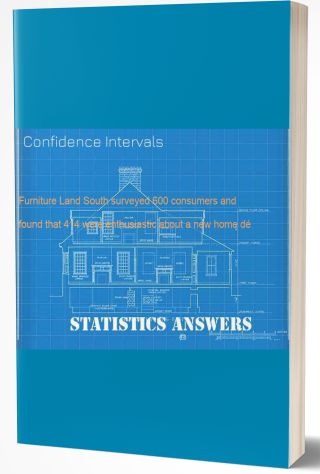Let x be the random variable that represents assembly time for the Ford Taurus. The average assembly
Question: Let x be the random variable that represents assembly time for the Ford Taurus. The average assembly time for the Ford Taurus is µ = 38 hours. A modification to the assembly procedure has been made. It is thought that the average assembly time may be reduced because of this modification. A random sample of 47 new Ford Taurus automobiles coming off the assembly line showed the average assembly time to be \(\bar{X}\) = 37.5 hours with sample standard deviation s = 1.2 hours. Does this indicate that the average assembly time has been reduced? Use \(\alpha =0.01\)
(a) What is the null hypothesis? What is the alternate hypothesis? Will we use a left-tailed, right-tailed, or two-tailed test? What is the level of significance?
(a) What sampling distribution will we use? What is the critical value zo (or critical values ± zo)
(b) Sketch the critical region and show the critical value (or critical values).
(c) Calculate the z value corresponding to the sample statistic \(\bar{X}\) and show it’s location on the sketch of part (c)
(d) Based on your answers for parts (a) to (d), shall we reject or fail to reject (i.e., “accept”) the null hypothesis at the given level of significance \(\alpha \) ? Explain your conclusion in the context of the problem.
(e) Are the data statistically significant?
Deliverables: Word Document







